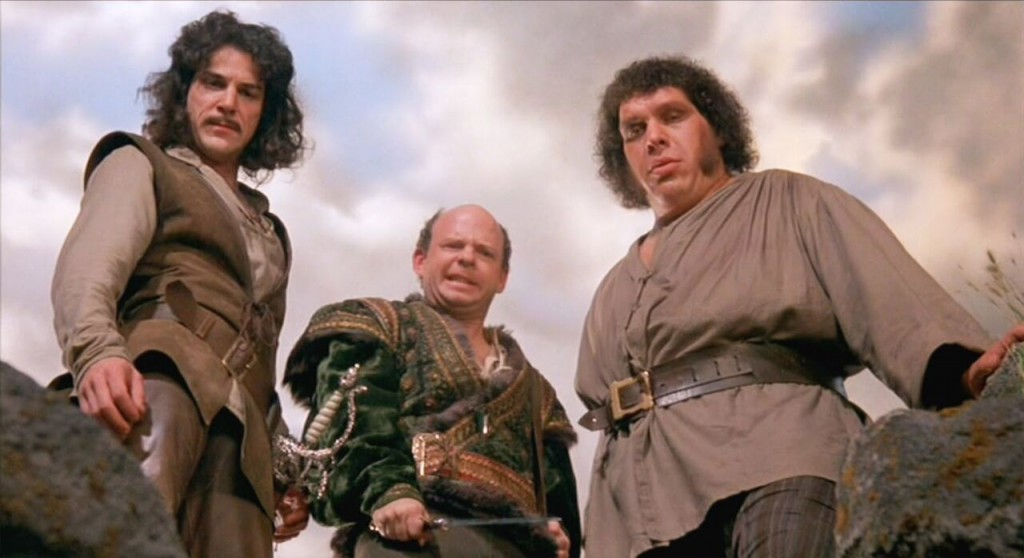
30 years already?! ‘Inconceivable!’
By Clive Ramroop, Contributor
“Hello. My name is Inigo Montoya. You killed my father. Prepare to die.”
What happens when you combine a commoner-turned-princess, amicable banter during a fierce sword fight, a battle of wits over poisoned wine, a rhyming giant, a six-fingered murderer, a disgruntled miracle worker, and an evil prince taunted as a “warthog-faced buffoon”? You get a satirical tale of “fencing, fighting, torture, revenge, giants, monsters, chases, escapes, true love, miracles…” and a movie that was only a modest success at the box office. So how did this charming, witty little film gain such popularity that it’s become a classic within the past generation?
Perhaps because, even though the marketing was uncertain for its release on September 25, 1987, the film poked lighthearted fun at traditional fairy-tale tropes long before Shrek did the same. “She gets kidnapped, he gets killed, but it all turns out okay,” said William Goldman on the short documentary “As You Wish,” a special feature on the movie’s DVD.
The Princess Bride came to life in 1973 as a book written by Goldman, as a purported abridged version (or “the good parts version,” as stated on the cover) of a fictitious story by the equally fictitious author “S. Morgenstern.” This novel was inspired by requests from Goldman’s daughters for story ideas—one suggested a princess, the other wanted a bride, and he merged both ideas. Unlike other novel adaptations into film, this movie is presented as a grandfather (Peter Falk) reading the eponymous book to his sick, bed-ridden grandson (Fred Savage). The movie’s on-screen adventure is bookended (yes, that’s a pun; shut up) by the grandfather’s storytelling, and occasionally interrupted by the grandson’s reactions to unexpected twists in the plot. But the story’s action, mostly without narration, plays out in such engaging fashion that it is easy to forget about the grandfather and grandson until a well-timed interruption pops up.
With a solid cast listing some strong names among the supporting players—Billy Crystal as Miracle Max; plus, Goldman wrote the character Fezzik with the late André The Giant in mind—let’s not forget about the quotable dialogue in the cleverly written script. “You put down your rock, I’ll put down my sword, and we’ll try and kill each other like civilized people?” “Life is pain. Anyone who says differently is selling something.” “Why don’t you give me a nice paper cut and pour lemon juice on it?!” “Have fun storming the castle!” And of course, that immortal reply to the oft-repeated “Inconceivable!” cries: “You keep using that word. I do not think it means what you think it means.”
But because of the movie’s unique blend of such diverse elements as swashbuckling action, comedy, romance, and adventure, 20th Century Fox didn’t know exactly how to market the movie, reaping a weak box-office return. However, it would instead gain a second life due to its home video release and positive reputation as a fun movie spread via word of mouth—a fate shared with The Wizard Of Oz (1939), which was also a box-office disaster in its original theatrical run, but became a classic in televised airings and on video. Indeed, The Princess Bride was eventually considered “culturally, historically, or aesthetically significant” (according to the National Film Preservation Board’s criteria) enough that, in 2016, it was inducted into the National Film Registry and preserved in the US Library of Congress.
Watch this movie. I mean it.

